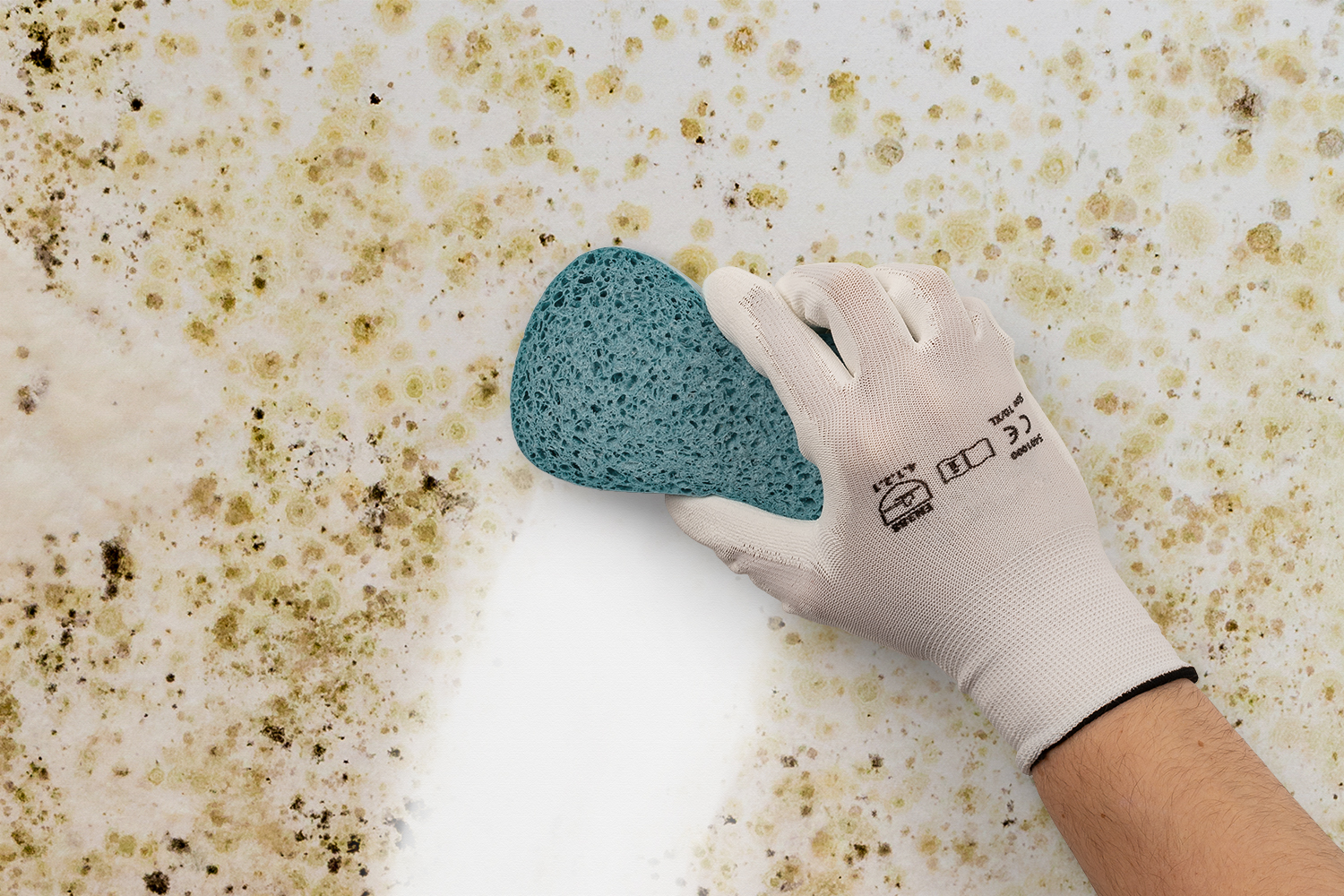Damp and mould guidance: what building industry contractors need to know

The UK government released refreshed damp and mould guidance for landlords in September 2023. Housing providers are now directly responsible for damp and mould control in rented housing. This government guidance clearly communicates a “zero tolerance” attitude to mould in all sectors of the rented housing market. This aligns with current building industry attitudes.
The reality is this:
Not every landlord in England is positioned to deliver this kind of service.
Building professionals of all types need to be prepared to inform and provide the services that landlords now know they urgently need. Even if you’re not directly involved with damp remediation, awareness of the causes of damp and mould are paramount.
Compliance requires comprehensive prevention, regular inspections and speedy fault resolutions. It applies to everyone who provides accommodation as a service:
- Private landlords and management agencies
- Temporary accommodation providers
- Providers of accommodation that is tied to a job
- Social landlords registered with the Regulator of Social Housing (RSH)
Anyone involved with any element of damp remediation can become a part of the solution.
Plumbers at the scene of a leak should be able to directly advise landlords of the next steps they can take to prevent fostering a damp and potentially mouldy environment.
Electricians called in to fix electrical systems following a leak should be able to advise landlords on the state of the internal wall.
Carpenters should be able to spot the warning signs of damp when they’re called in to hang doors or install shelving.
Plasterers should be able to determine the causes of existing damp plaster when replastering and be able to let landlords know if the problem is likely to recur.
Interior decorators can advise tenants of the best way to plan their rooms to allow maximum air circulation, preventing damp and mould before it has a chance to start growing.
A HVAC installer should be able to advise on the best way to prevent damp conditions with appropriate ventilation measures.
Want to offer damp and mould remediation as part of your services?
The government guidance has recommended the following list of appropriate certifications professionals must have to deliver damp and/or mould cleaning, repair and prevention:


- CSRT – Certificated Surveyor in Remedial Treatment
- CSCS – Construction Skills Certification Scheme
- CRDS – Certificate in Remedial Damp Surveying
- CSDTB/CSDB (Chartered Surveyor in Timber and Dampness in Buildings)
- Professional bodies who meet the national professional requirements to be registered with the Engineering Council
- Members of trade membership bodies
- Ventilation specialists
- Building Services
- Local council environmental health professionals within local councils
- Qualified Building Surveyors and Architects
Get to grips with the information you’ll need to know before you embark on getting certified as a PAS 2035 retrofit coordinator with our Dampness and Retrofit Wall Insulation CPD Webinar.
